Last month, Garrett “FaZeBloo” Underhill was one of many teens in attendance for MLG Anaheim. The annual tournament, one of the biggest run by esports organization Major League Gaming, featured matches between some of the best gamers in the world.
But Underhill wasn’t just a spectator. He was at the event alongside his teammates on FaZe, one of the largest Call of Duty teams. And though he wasn’t playing, fans still approached him, asking for photos, autographs and tips on how to be a better player.
It’s a different story when he returns home to Virginia.
“It’s kind of surreal,” Underhill says. “When I go back home I’ll just walk through the hallways unnoticed. It’s like a double life.”
All those fans at Anaheim largely knew him from video sites YouTube, Twitch, and MLG.tv. Underhill has amassed 80,000 Twitter followers and almost 100,000 subscribers on his YouTube channel, home to over 100 videos of his Call of Duty montages and gameplay, while hundreds of fans tune in to his livestream every day.
Last month, the top 100 gaming channels brought in 3.5 billion collective video views. This February, game streaming site Twitch—which YouTube is rumored to be courting with a $1 billion price tag—had 1 million active broadcasters. Underhill is an anomaly in this emerging industry. He’s still in high school.
Underhill’s path to video game wunderkind status mostly began at the age of 12, when he first picked up a controller and started playing Call of Duty. As he got better, he established playing an extensive practice schedule, playing every day for hours on end. Soon smaller clubs began to notice him, and started to make a name for himself in the games competitive community.
This eventually got him noticed by FaZe. With 2.7 million subscribers and multiple all-star personalities under their brand, the Call of Duty team has become a major player in the YouTube landscape. For pro gaming teams, this footprint on online video sites is about more than reaching out to fans. With esports prizes still relatively small, video provides an essential revenue stream that helps keep the teams alive.
When a talent like Underhill falls under the umbrella of a major team, the subscribers trickle—and sometimes pour—down.
“When I joined Faze I think I had 25,000 subscribers on YouTube and within a month I had reached 50,000,” Underhill says. “As soon as you join Faze you pretty much blow up on twitter and youtube because when you get in Faze, people know you’re good.”
Then there are the fan donations, which can often be worth as much or more than video ads, with some streamers occasionally receiving more than $10,000 in a single donation. World of Warcraft streamer Chance “Sodapoppin” Morris recently received $50,000 in donations from one mystery donor over the course of a few months. Support from fans alone can be enough to make streaming a full time job. Underhill’s livestream on MLG.tv that can net some serious income.
“When I stream, I can get a lot of donations,” Underhill says, adding that one recent gift totalled $1,500.
Underhill says there’s stigma for being such a young player in the competitive scene. A scroll through the comments section of his videos reveals a substantial amount of trolling about his age. But at the end of the day, he says, some people may be offended but he doesn’t take any blunt comments about his age the wrong way.
And being young provides a certain advantage. Underhill says he wants to break away from only creating Call of Duty content and try out other games. Can he find an even bigger audience? He’s certainly got the time to try.



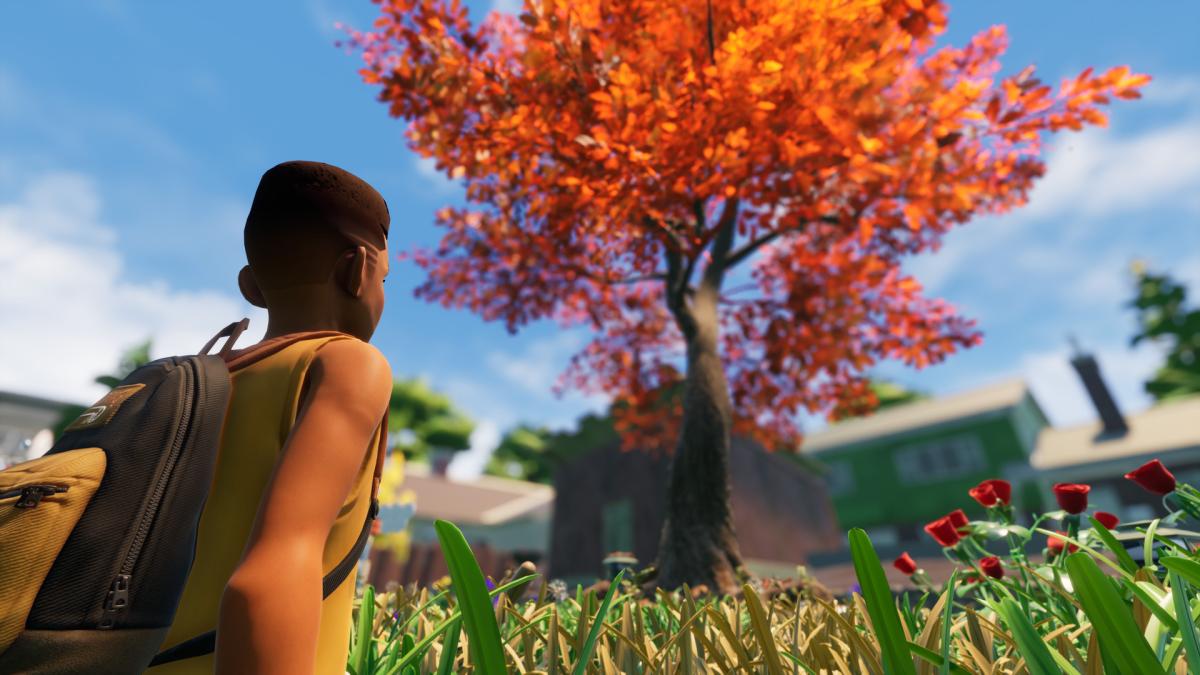
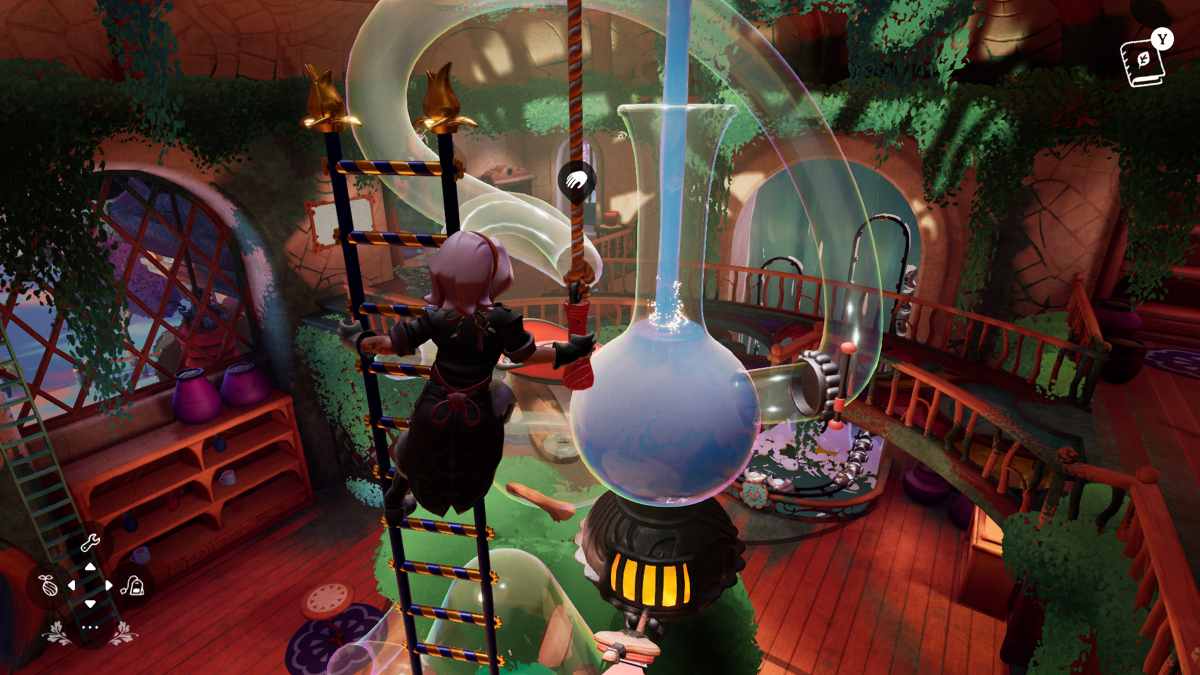
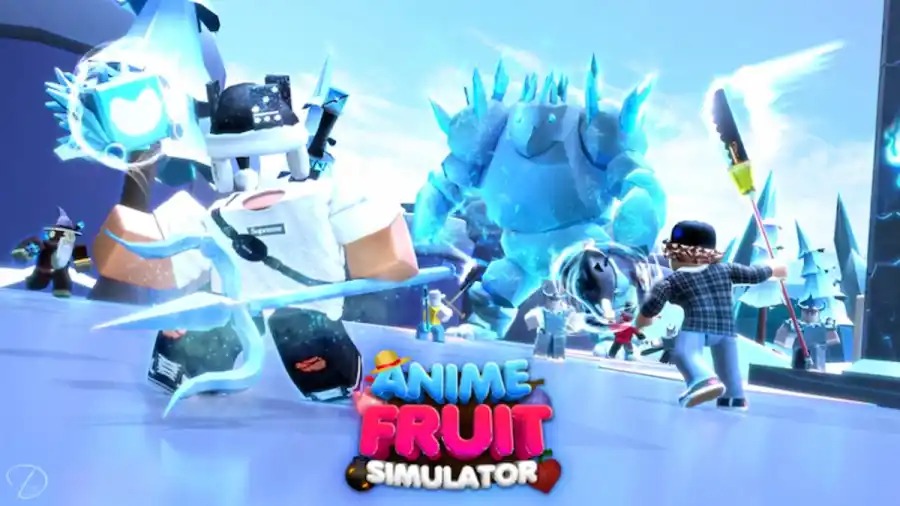
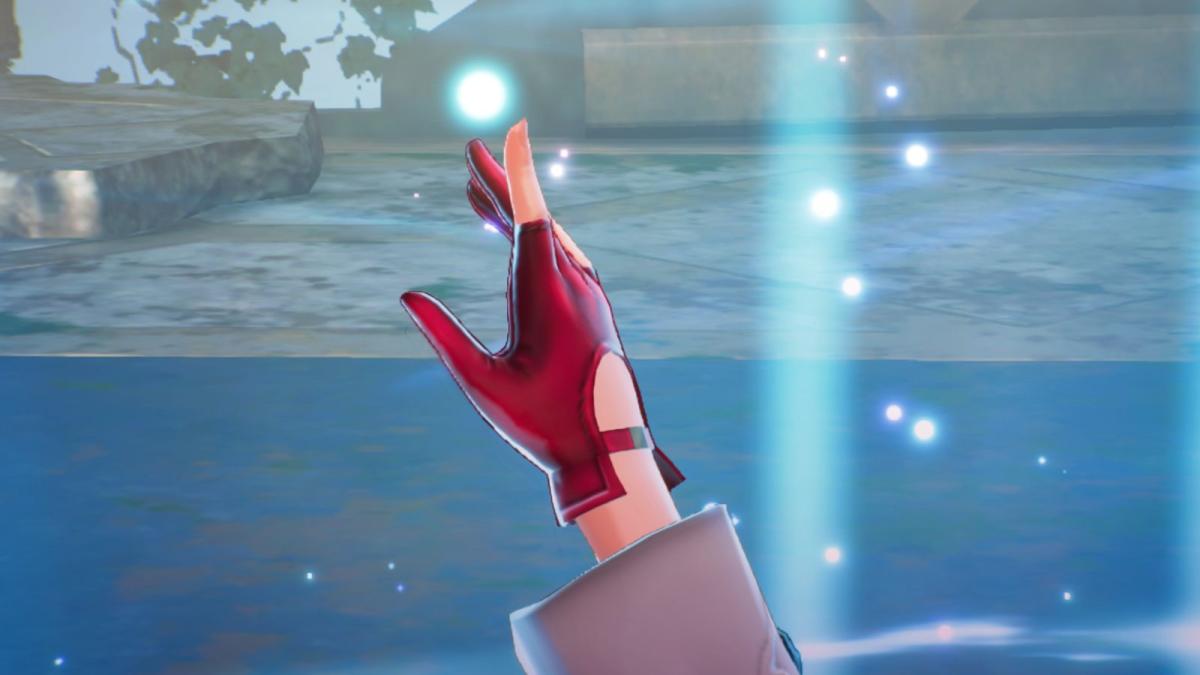


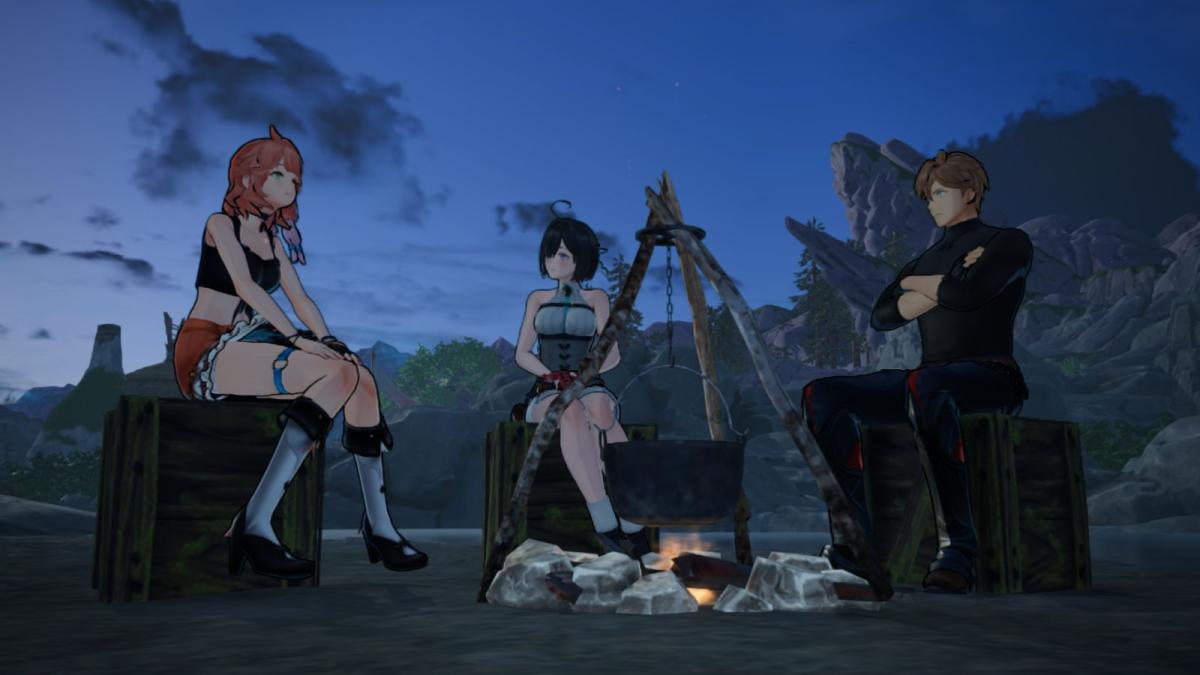


Published: Jul 24, 2014 11:34 am